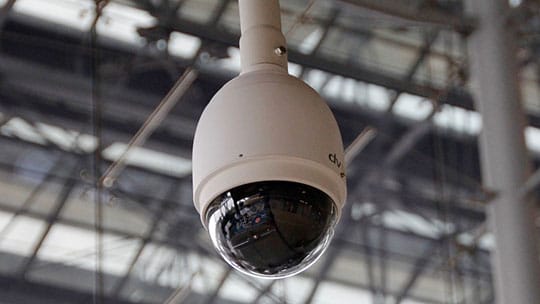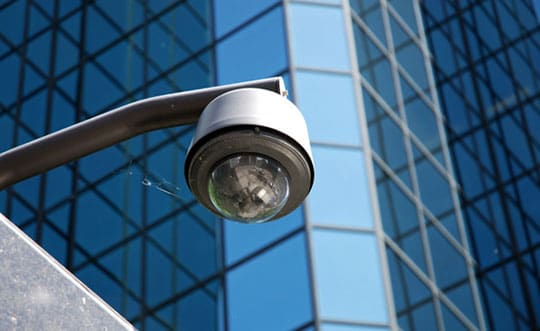Today, video surveillance has become the most prominent aspect of the tangible security industry. And, the desideratum of video surveillance is increasing drastically day after day in the present scenario. From homes to smart cities, from retail mega-markets to stadiums; video surveillance has become a prevalent phenomenon. Every year, the surveillance system installations are rising rapidly and correspondingly, the security video & image data generated in the size of several petabytes are also escalating to new levels. However, in most cases, such security tapes are just stored in big lumps. Or the storage space is rewritten after a fixed time interval. Now, even if we want to analyze such large amount of data & video feeds for actionable intelligence, hundreds of human operators would be required to do so.
The Utility of VAaaS:
For huge volumes of video archives, conventional analysis and storage methods have proven to be inefficient. It can never lead to prompt action and analysis. In many manifestations, data archives need to be stored for durations extending from a few months to years for compliance purposes. And this ends up in adding up to the life-cycle charges of video monitoring solutions. Therefore, just installing a surveillance camera system is not truly efficient. It needs to be complemented with the physical security staff.

Here is the point where cloud-based Video Analytics As-a-service (VAaaS) comes into the limelight. VAaaS can offer remarkable advantages over standalone video surveillance. The video analytic solutions are software based. They are typically deployed on the infrastructure like that of Amazon Web Services and Google Cloud Platform. These frameworks are proficient enough in discerning ambiguous patterns in the safety context. Technologies, for instance, Google Cloud Vision API, are trained to read texts, recognize human faces, and identify objects, emotions, and key landmarks.
When the software based video analytic solutions are combined with standalone surveillance systems, then these measures can host a whole new range of physical security use cases. Some of these are; advanced object tracking, loitering detection, perimeter defense, intrusion detection, human traffic flow, trip wire counting, crowd density management, people counting, face indexing and audience profiling. These solutions will not only minimize the need for physical security teams but will also empower security personnel with actionable intelligence.
VAaaS => Example Scenario
Events where a large gathering is expected, for example, a football match, a famous shrine, or a crowded public place such as an airport; software-based surveillance solutions can be deployed to have enhanced public security and crowd management. Other purposes of this software are loitered detection, human traffic flow management, and people counting.

VAaaS => Integration:
Video analytics integrated with cloud infrastructure can serve for large-scale deployments. By large-scale, we mean hundreds of HD security cameras that would be delivering their video feeds simultaneously. Such setup can also be scaled up or down in accordance with the requirements. If the traffic is low, then the background IT infrastructure is scaled down or else, scaled up. This feature can deliver surprisingly good cost benefits.
When VAaaS methodologies are applied in a good manner, then the security professionals can use their time to solve the situations highlighted by video analytics rather than just analyzing the security footage. One example can be handling accidents in traffic management, and another one could be solving a case of theft in retail stores.
VAaaS => Advantage:
The main drawback of traditional video surveillance is the high cost incurred in storing the video feeds. Modern video analytic solutions combined with cloud infrastructure target this problem with a different approach. Software-based video analytics use leveled cloud storage which gives high priority to ‘hot objects’ that comprises of important events and low priority to ‘cold objects’ such as archives and backups. Another disadvantage is a heavy initial investment, but this overcomes in ‘as-a-service’ option, where the client can get the benefits of ‘pay-as-you-go’ payment model.

Final Words:
Video analytic solutions need substantial system integration efforts involving various components comprising of the camera, the back-end storage, processing systems as well as the transmission network. This is pretty useful for the optimization and innovation on both, the technological and commercial, fronts. The present scenario is that the end-to-end solutions are rarely available off-the-shelf. Here, leading global system integrators prove to be the ideal suppliers for the video analytic solutions. In fact, they offer immense value through persistent innovations and improvements. VAaaS solutions can be of potential help for CIOs and CSOs to deliver an incredible value proposition for meeting organization’s physical security needs.
This article is written by Rohan Sharma. He is a gadget wizard, an active blogger, and an eminent speaker. With more than 10 years of experience to his credit, Rohan has always been a pertinent contributor to the security industry. He is associated with Revo America, a well-renowned security products manufacturer and retailer.





